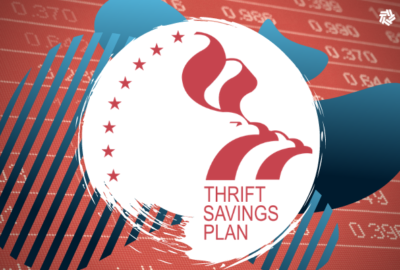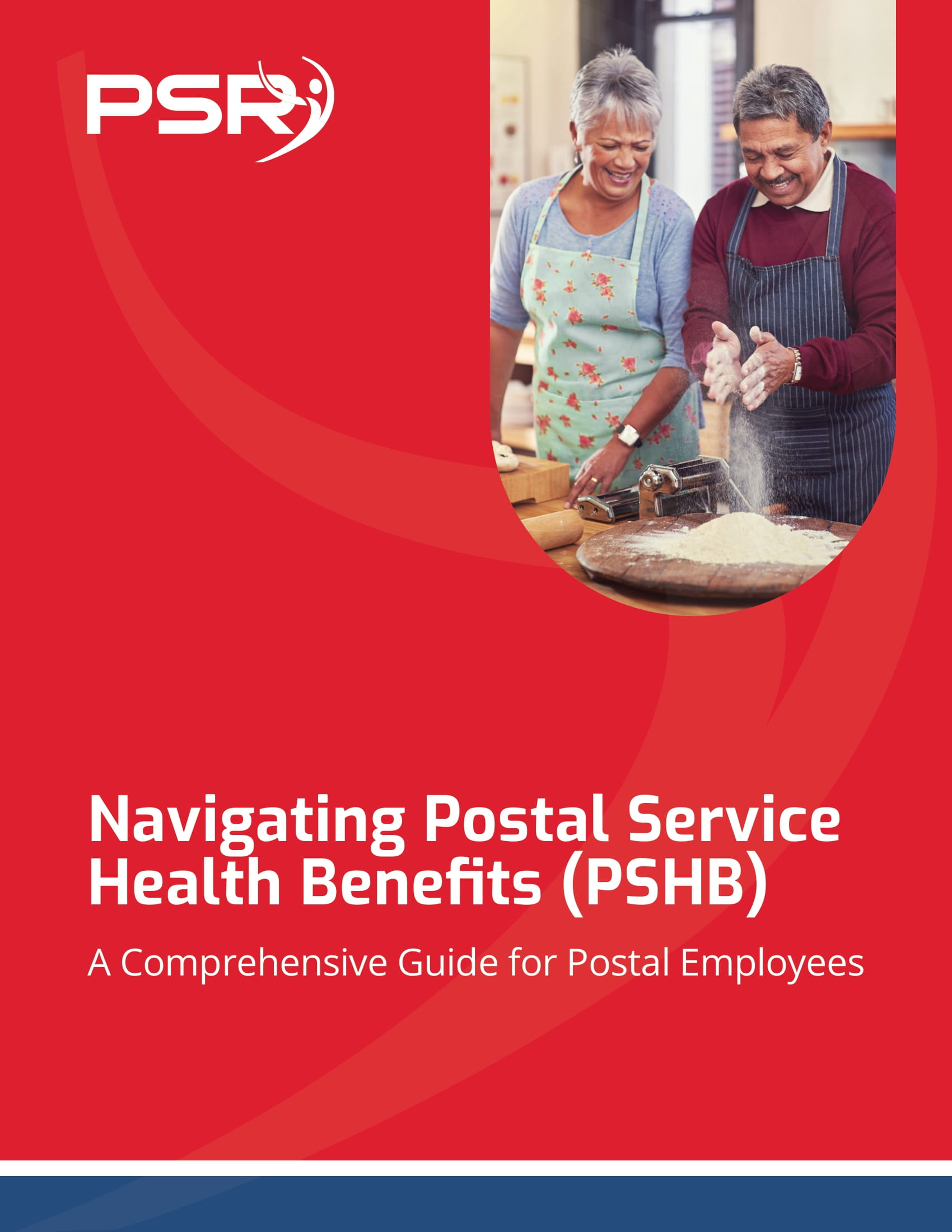On March 29, the bill was passed by the House 414 to 5. In short, the Secure Act 2.0 addresses modifications in employee retirement distribution. Two parts of the bill will influence TSP members and individuals with private employer-sponsored retirement plans.
Securing a Strong Retirement Act raises the RMD start age. As a consequence, TSP members’ minimum withdrawal age will climb.
The current age is 72, but over the coming 10 years, the law would gradually raise it to 75 years old. TSP members will be influenced by these factors beginning in 2023. Before the House vote, the House Rules Committee changed the timeframes in the proposal. The Required Minimum Distributions (RMDs) modification was moved out from 2022 to 2023.
According to NARFE, the bill will let members retain their money in the market for a long time, supporting the law. According to NARFE, this is especially important if consumer prices increase gradually.
- Also Read: FAA, Law Enforcement, and Special Federal Employee Categories—Here’s What Makes Their Retirement Unique
- Also Read: Blending Private and Public Sector Retirement Plans Is Complicated—Here’s Where Couples Get It Wrong
- Also Read: The Silent Shift in Postal Service Retirement Benefits That Could Change Everything by 2026
The policy, according to NARFE, will also assist TSP members in insuring against market instability. Insecurity regarding retirement funds and savings is heightened by Russia’s invasion of Ukraine and high inflation rates. Some of that concerns are reduced by the Secure Act 2.0.
In a press conference, the House Majority Leader said, “The process of increasing fully automated registration in company retirement plans, promoting more businesses to offer and start contributing to their employees’ plans, and permit those who are close to the retirement age to save more and for longer are the main areas where the House is operating on a national basis.”
Catch-up contributions for employer-sponsored plans are the second aspect of the bill which would affect participants more. Catch-up contributions allow members to reach their retirement savings. They contribute more than the yearly maximum contribution threshold of $20,500 for 2022.
The Committee also delayed the implementation date for holding donations, which will now take effect once the bill is signed.
After 2023, all Roth donations need catch-up payments. The employer sponsor may allow a Roth or pre-tax contribution.
These adjustment taxes catch up with donations differently. Roth deposits are withdrawn tax-free after retirement. Roth contributions aren’t tax-free like TSP gifts.
Maximum annual catch-up contributions vary for TSP members. Maximum catch-up contribution for 62-64-year-olds is $10,000.
Catch-up contributions for TSP participants over the age of 50 are $6,500. The measure exempts persons 50 to 61 and above 65. The House begs the Senate to pass the bill quickly so the president can sign it. The proposal raises the catch-up contribution ceiling in 2024, with the inclusion of inflation-adjusted catch-up payments.
Contact Information:
Email: [email protected]
Phone: 2129517376
Bio:
M. Dutton and Associates is a full-service financial firm. We have been in business for over 30 years serving our community. Through comprehensive objective driven planning, we provide you with the research, analysis, and available options needed to guide you in implementing a sound plan for your retirement. We are committed to helping you achieve your goals. Visit us at MarvinDutton.com . Tel. 212-951-7376: email: [email protected].













